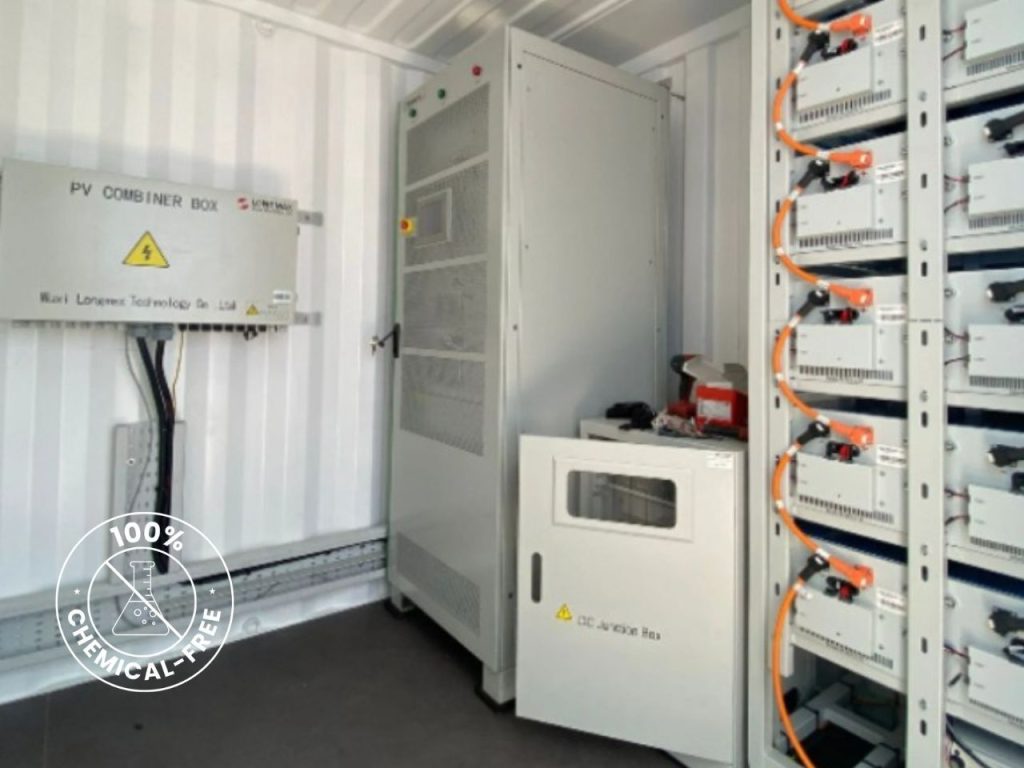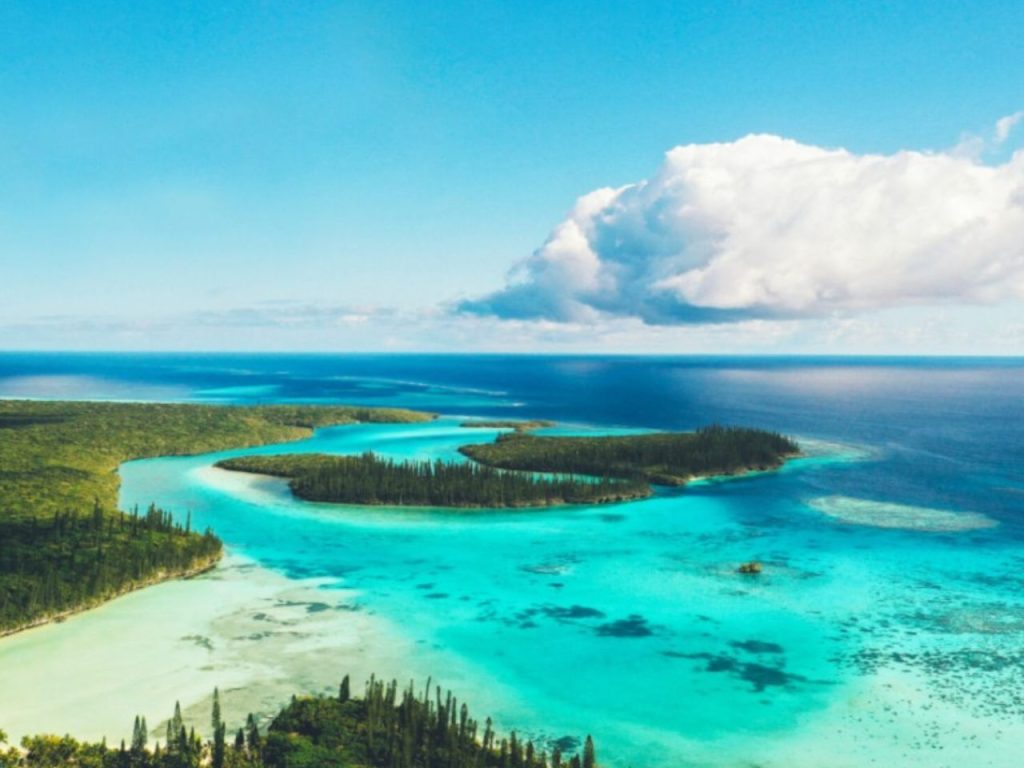For many remote sites, getting clean water means dealing with rain tanks, unreliable bores, or the hassle and cost of trucked-in deliveries. These setups work, but they come with their own challenges. When the tanks run low or the bore turns salty, things get complicated. Desalination offers a reliable alternative, especially now that solar-powered systems are more accessible. But outdated assumptions still surround this technology. If you’re looking for clear, practical facts about desalination – and wondering if it might suit your site – let’s start by clearing up a few common myths.
Myth 1: Desalination Uses Too Much Energy to Be Practical Off-Grid
This idea made sense ten or fifteen years ago. Early desalination systems, especially reverse osmosis ones, needed a lot of power to function. Most relied on diesel generators or a grid connection, making them a tough fit for remote or off-grid homes.
That’s no longer the case. Modern desalination systems are far more efficient. Technology like energy recovery devices now reduces power use significantly. Pair that with solar panels and battery storage, and you have a setup that can run completely independently. No fuel, no connection to the grid, and no rising energy bills.
Elemental Water Makers’ systems are designed with exactly this in mind. They run on solar power, using proven reverse osmosis technology and a self-contained energy recovery process. It’s the same principle used in large seawater desalination plants, just adapted to suit smaller-scale needs in regional or coastal Australia.
Myth 2: You’ll Still Need Diesel for Backup
This one’s understandable. A lot of older or hybrid systems relied on diesel when the sun wasn’t shining. That meant fuel deliveries, extra maintenance, and all the hassle that comes with running a generator.
But now, it’s possible to avoid diesel altogether. With well-sized solar arrays and reliable battery storage, desalination systems can operate around the clock without a drop of fuel. No emissions. No engine noise. No weekly refuelling runs.
For remote properties where transporting diesel is a headache, having a water supply system that doesn’t depend on it is a real win.
Myth 3: Desalination Systems Are Complicated and Require Technical Skills
 This was true for a long time. Older systems (some still operate like this) were maintenance-heavy and often required constant oversight – cleaning membranes, replacing filters, dosing chemicals. That kind of upkeep isn’t ideal when you’re hours from the nearest technician.
This was true for a long time. Older systems (some still operate like this) were maintenance-heavy and often required constant oversight – cleaning membranes, replacing filters, dosing chemicals. That kind of upkeep isn’t ideal when you’re hours from the nearest technician.
EWM’s systems are built to be hands-off and suitable for off-grid sites. They’re simple to run, made with durable materials, and don’t rely on complex control systems.
You don’t need a background in engineering to use one. Most owners just carry out basic filter checks every so often, and many choose to add remote monitoring for peace of mind. The system tells you how it’s performing – no guesswork involved.
Myth 4: You’ll Need to Use Chemicals to Keep Things Clean
It’s true that many conventional desalination systems rely on chemicals to keep membranes from clogging or fouling. Things like antiscalants, biocides, and cleaning acids are standard in a lot of older designs. But they come with downsides. You need to store and handle them carefully, and they can impact water quality.
There’s a better option. Our systems are chemical-free. They use a portion of the clean water they produce to flush the membranes automatically. This keeps everything running smoothly without adding anything extra to the system – or to your drinking water.
It’s simpler, safer, and especially helpful if you’re in a location where chemical storage and handling would be a headache.

No Chemicals
Only manufacturer in the industry
100% Solar
Hybrid system, can be fully powered by solar energy
Myth 5: Seawater or Bore Water Will Damage the System Over Time
Some water sources are harder on equipment than others. That’s a fact. Salty or mineral-rich water can corrode pipes, clog filters, and wear out components – but only if the system wasn’t built to handle it.
The key is proper design. Bluemont builds its desalination units with salt-resistant materials and includes pre-filtration to manage sediment, silt, and other impurities before they reach the membranes. Whether you’re drawing from seawater, a brackish bore, or surface water, the system is built to cope.
And that matters, because many rural water sources aren’t consistent. Salinity levels can rise with drought, and groundwater quality can shift throughout the year. A good system should adapt to those changes without falling apart.
Myth 6: Desalination is Too Expensive for Small or Remote Sites
It’s easy to assume desalination is something only large utilities or resorts can afford. In the past, utilities built plants that were big, complex, and designed for large-scale output. But solar-powered desalination systems have changed that.
Today’s units are modular and scalable.
A single unit can produce just a few hundred litres of fresh water per day for a home, while larger setups deliver several thousand litres for a community site. More importantly, these systems are designed for long-term savings.
If you’re currently relying on water deliveries, running diesel pumps, or managing an ageing water supply system, a solar desalination setup may pay for itself within a few years. Once installed, there are no fuel bills, no chemical top-ups, and very little ongoing maintenance. For cost comparisons and payback insights, check out our detailed breakdown.
Desalination in a Changing World
As climate patterns shift and pressure grows on groundwater and surface water sources, desalination is no longer just a backup. It’s becoming a central part of how we plan for long-term water security – especially in coastal and remote regions.
It also fits well alongside other systems. Many of our clients use desalination to supplement rain tanks or reduce bore use during dry spells. Some use it as a standalone solution for off-grid homes or island properties where no other source exists. And others integrate it into broader water supply infrastructure to reduce reliance on traditional networks.
What’s changed is not just the technology, but the flexibility. Solar desalination can now be a realistic, resilient option for households, farms, councils, and small businesses alike.
Final Facts About Desalination
To wrap up, here’s what holds true about desalination today:
- Modern desalination no longer requires massive energy input.
- Solar-powered systems work well in off-grid or remote locations
- Elemental Water Makers, commercialised in Oceania exclusively by Bluemont, offer the only fully chemical-free desalination systems
- Low maintenance – no specialist needed
- These systems treat seawater, saline bores, or brackish surface water depending on your source
- It offers independence, predictability, and peace of mind when other supplies are limited or unreliable
Whether you’re running an off-grid household, managing a coastal site, or looking to upgrade from ageing water infrastructure in your local community, it’s worth exploring what modern desalination can offer. Reliable water, without the stress.
Want to see if desalination is right for your location? Contact us at sale@avjenvironmental.com or call +61 2 9091 0360. We’re here to help.
